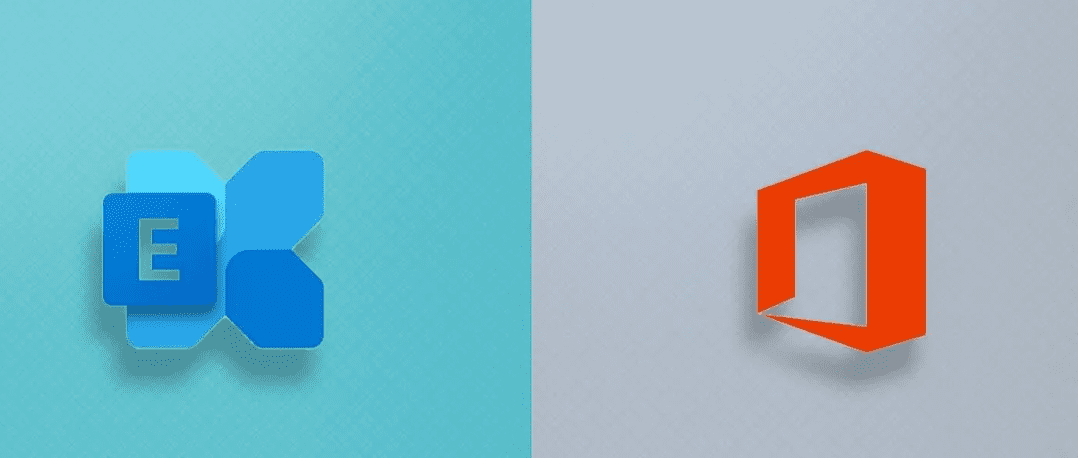Businesses today have found it highly profitable and easy to migrate their on-premises mailbox, data, communications, and email management solutions in exchange for a cloud-based platform like Office 365. Research shows that about 78% of businesses have moved some of their IT and data to cloud platforms (hybrid deployments), and most cloud users are now using Office 365.
When considering moving all or part of your organization to a cloud solution, concerns about the security and reliability of Office 365 pre-migration naturally arise. You might even wonder if you should move to Office 365. Office 365 stands out among the world’s most secure platforms. Microsoft also offers a variety of tools to help you avoid cyber threats and data breaches. Moreover, Microsoft also delivers secure Azure WVD Services so that users can access their data with authenticated login from anywhere and at any time.
But before we can walk you through migrating to Office 365 Exchange, there is one prerequisite that must be met. That is to create an “Office 365 pre-migration checklist”. Whether it’s a minimal hybrid migration from Office 365, an on-premises Exchange to online Exchange migration, or a large mailbox migration to online Exchange, there are important things to consider before planning your migration.
Step Microsoft Exchange to Office 365 Migration
The most common reasons organizations decide to Migrate exchange 2013 to Office 365 are daily performance issues, user access issues, error messages, and increased mailbox access times (or in the worst-case scenario database corruption). Or a newer version of Office 365. Also, running Exchange in the cloud era is not recommended.
Choose the Right Migration Method
The first step in any migration is choosing the right Office 365 migration method. There are multiple ways to migrate, and you should choose the one that best suits your needs.
Cutover Migration method:
A cutover migration is the most common method of migrating data from on-premises systems to the cloud. This involves making a complete copy of the system’s data, transferring the functionality of the old system to the new system, and then bringing the old system back online.
This approach is the most cost-effective method of data migration bu requires extensive up-front planning and can be difficult to manage for small businesses and start-ups.
Staged Migration:
A staged migration is suitable for medium-sized businesses. This migration method is used to move users and mailboxes from on-premises Exchange 2003, and 2007 to Exchange Online. Once completed, the mailboxes will be hosted in Office 365.
A staged migration is the process of moving all applications on a given computer system to new locations within a controlled environment. Staging migrations can reduce application downtime by allowing a computer system to be moved to a safe, controlled area while the application is still running and the data on the system is still available.
IMAP Migration:
This migration method is used when non-Exchange mail systems are involved. IMAP migration can only move email messages, but contacts, calendars, and tasks are lost in the process. This method is sometimes used as a shortcut for moving from older versions of Exchange Server (Exchange 2000 and later are supported) to the cloud.
Conclusion:
Many Hosting providers will offer Cloud solutions but considering the complications in migration service, Apps4Rent would be the best choice as they have been experts in cloud solutions for the past 16 years. As an organization, they can also help you with different hosting services like VDI Hosting Services, making them the best choice for your business.

